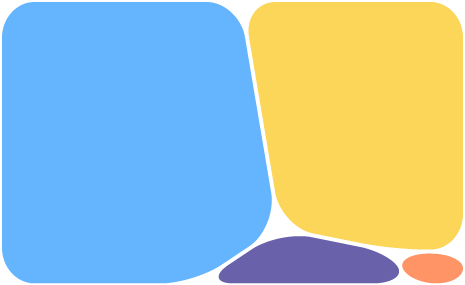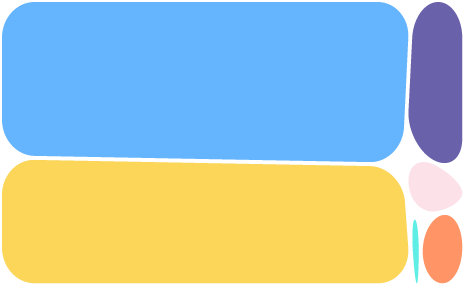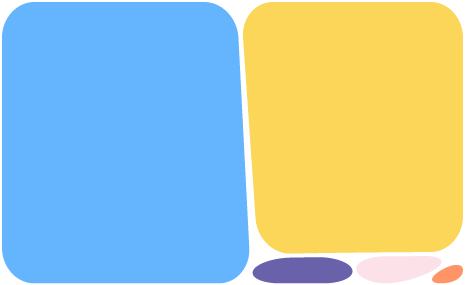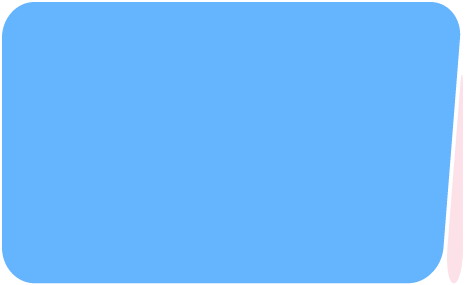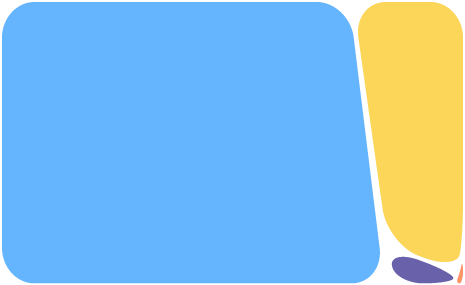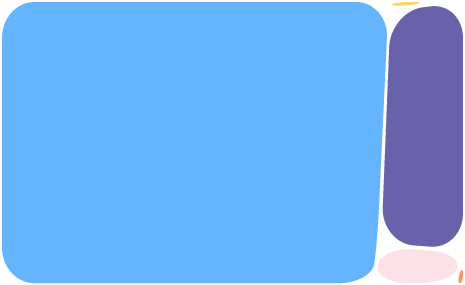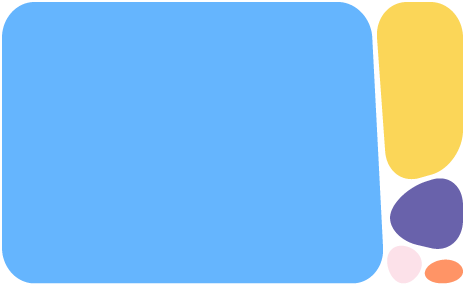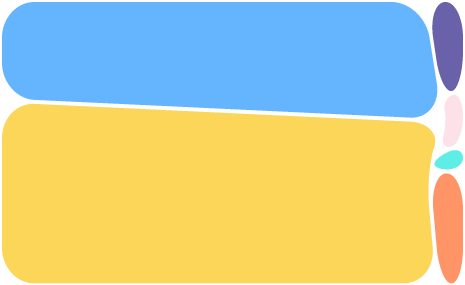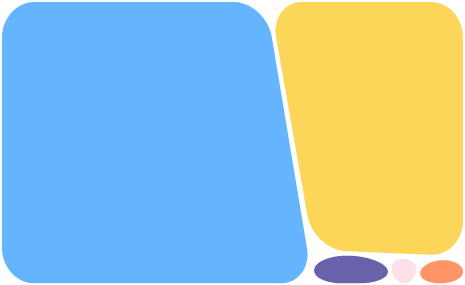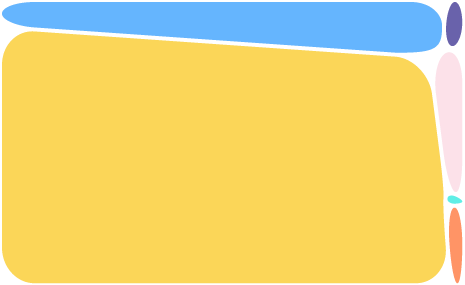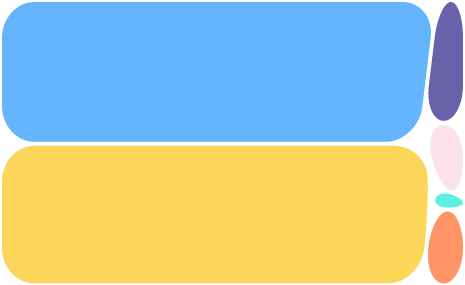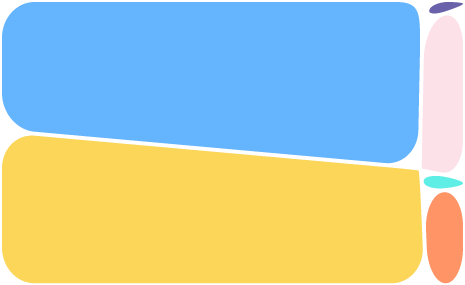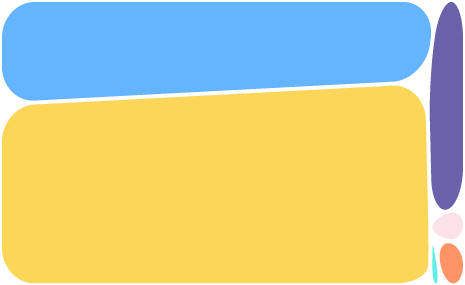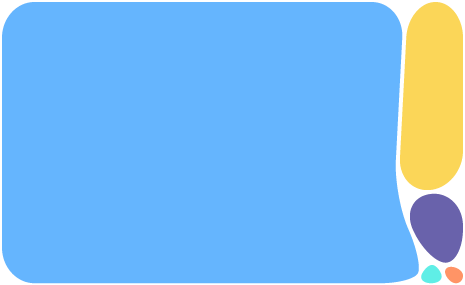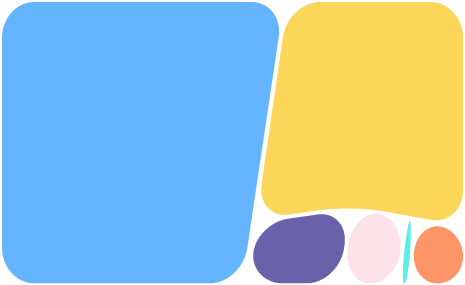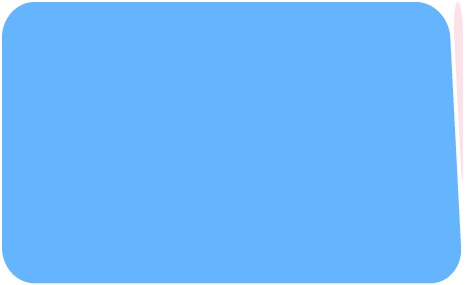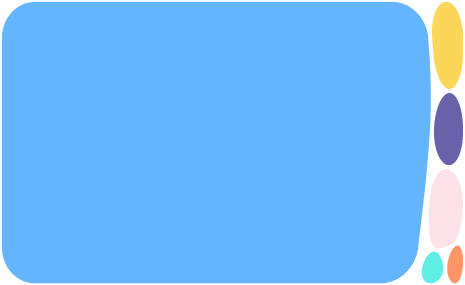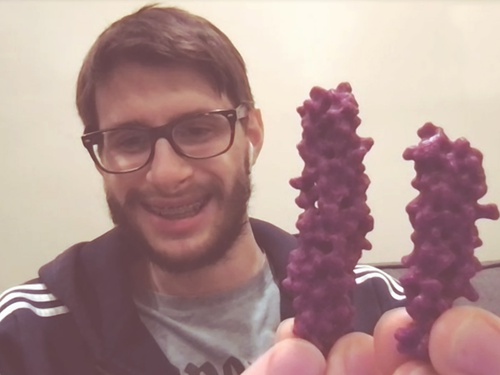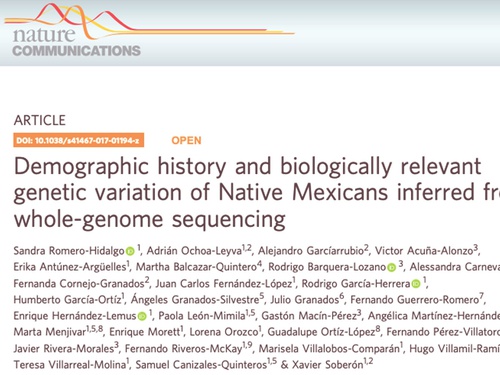M and I share one DNA segment, in chromosome 5. We have a total of 0.49% shared DNA. Based on this, it can be inferred that we are 4th cousins so we might have a common ancestor approximately 5 generations ago.
We talked about what our connection could be. His mother did the test too and I share exactly the same segment with both. So, we know that we are connected through his mother and my father’s mother, the latter because of some of the DNA relatives in common. We believe that the common ancestor is from Jalisco state but taking into account that five generations back we have 32 ancestors (4th-great grandparents) we could not get very far. He mentioned that his mother and sister did the test and the genetic information confirmed the relationship but we reflect on the cases where the people find unexpected results through these tests, discovering stories or connections they were not expecting.
We ended up talking about our commonality, genomics. He is a PhD student in bacteria genomics and I am a scientist in human genomics. Whether it is a coincidence or a matter of inheritance, we will never know. He shared with me a 3D protein model, the genes, their function and the biological mechanism he is studying in his PhD. I think that for someone not familiar could be a very technical conversation, difficult to understand, but we were actually having a personal connection with each other in our own common language. I told him my experience with a research paper we published, one of the first authors gave an interview and the information was over exaggerated from newspapers, magazines and reports. We, as authors, had to write a communication clarifying and explaining the actual results but our communication was not popular whatsoever. This story is one of the reasons I started working on these projects that combine art and science, not only because I am deeply attracted by art in all its forms but also because it helps communicate scientific knowledge in a more creative way.
It was a very easy-going conversation. However, when I asked him what does Belonging mean to him, he said “that’s a much deeper question”. I agree with him, it is a difficult question if you’re in quantitative science. We are sometimes disconnected from the human and social part of the research.

